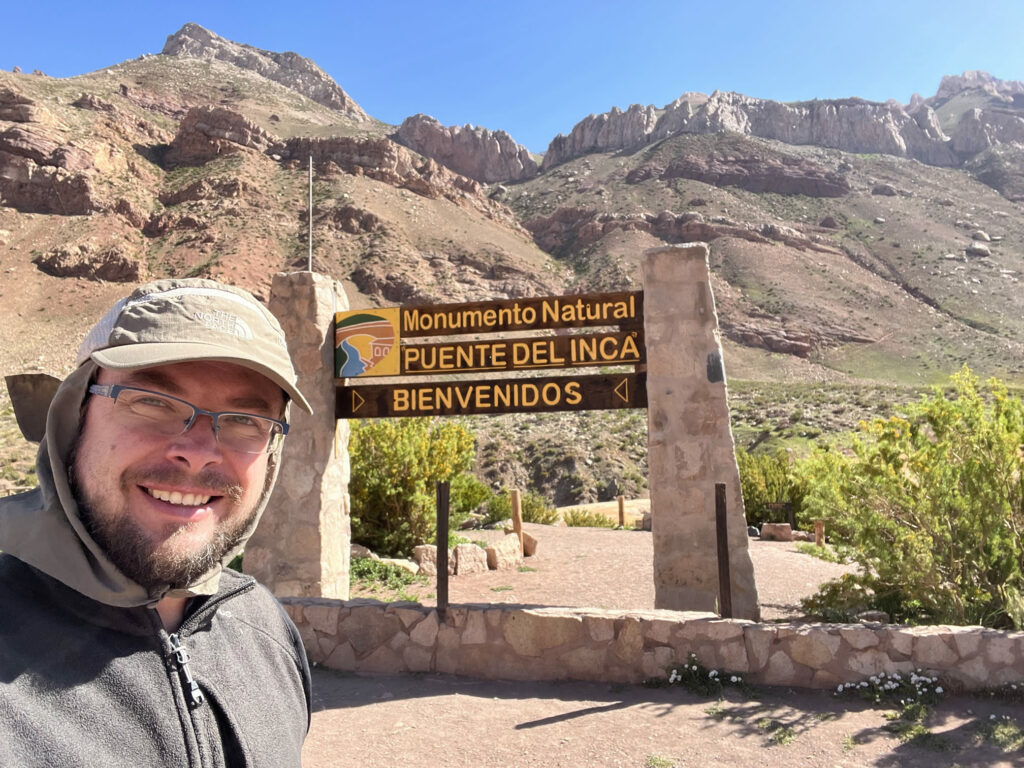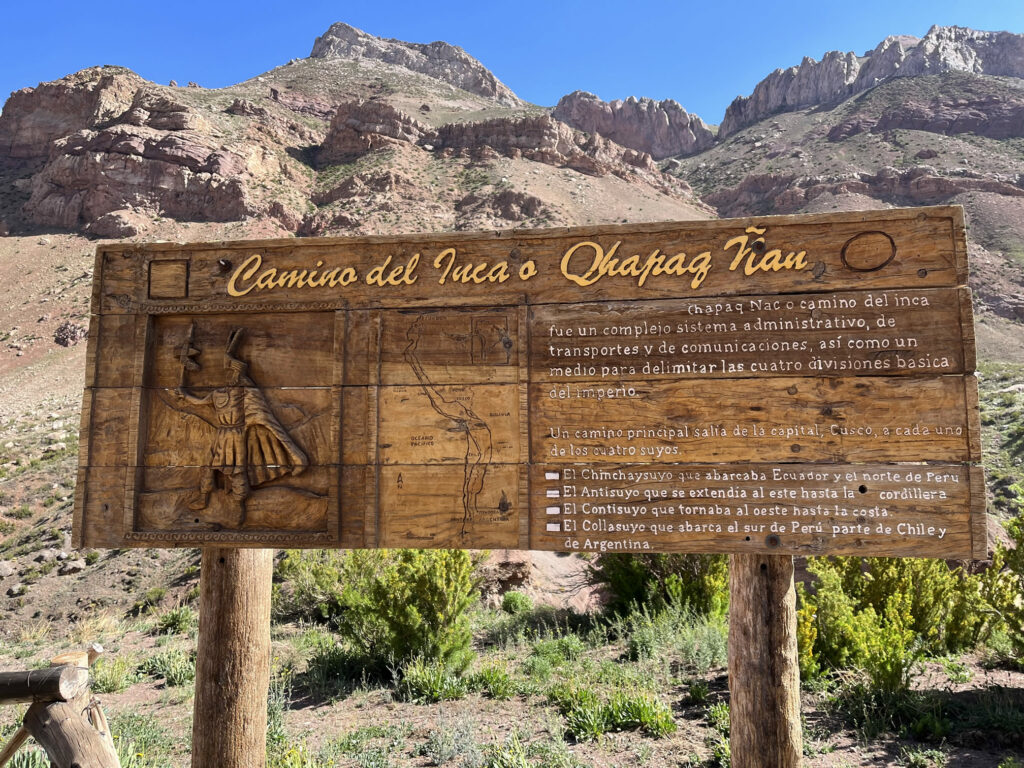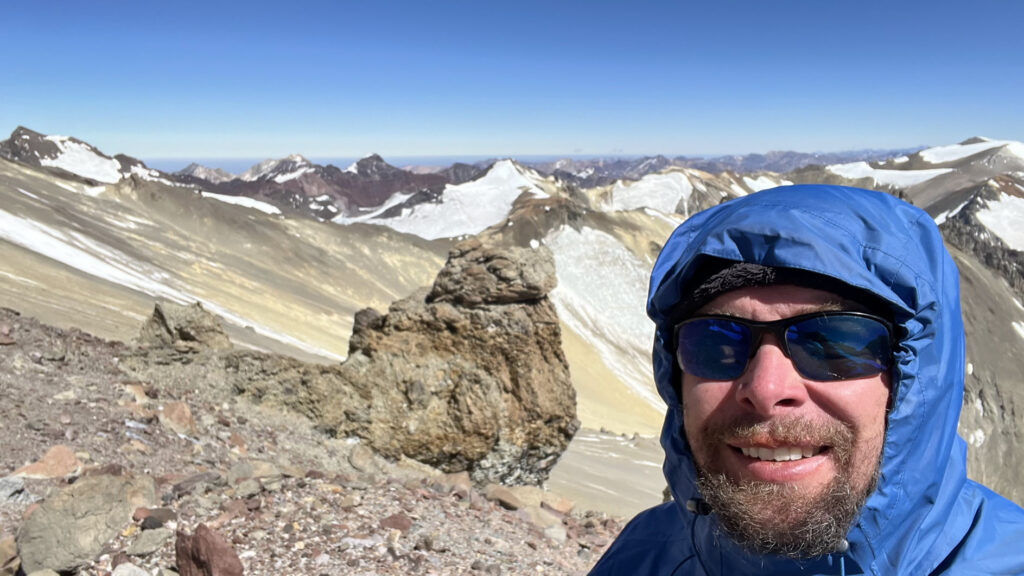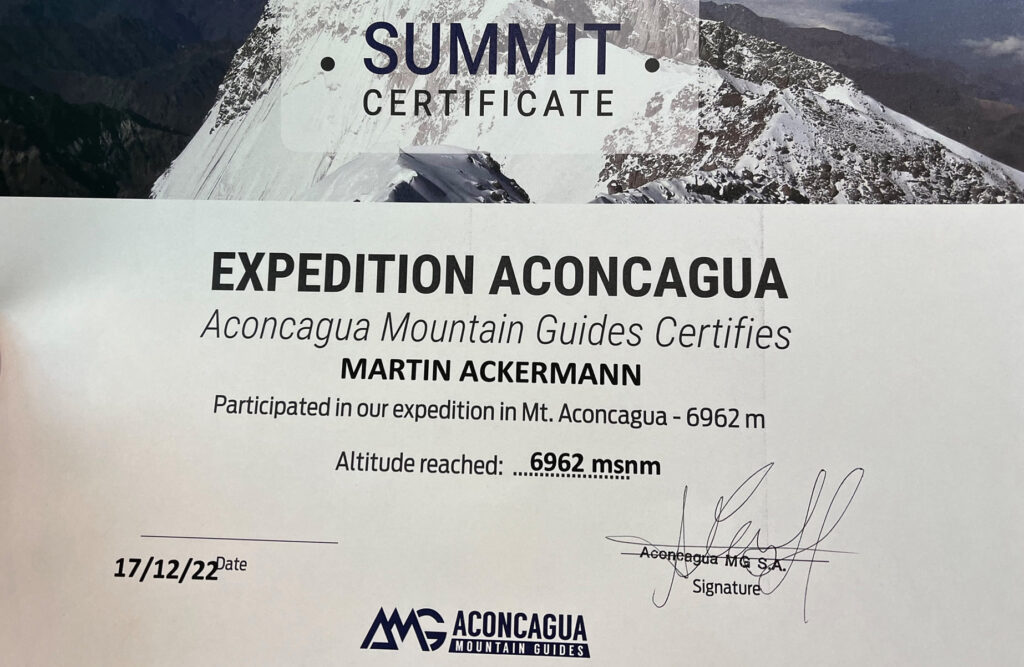A lifelong long-distance hiker, ERG Africa’s Head of Development Assets and Mergers & Acquisitions, Martin Ackermann, is no stranger to the mental and psychological demands of extreme sport. He has hiked all over Southern Africa with ~100km+ hikes like the Fish River Canyon, Khomas Hoghland and Drakensberg Traverse being his favourite.
“I will do climbs that involve my legs and ropes, but nothing that involves hanging on by my fingertips,” he jokes.
Then he climbed Kilimanjaro, at 5,895 m Africa’s highest peak, and the ambition to complete the Seven Summits was born.
The Seven Summits are the highest peaks on each of the continents, but there’s some debate over the definition of some of the continents. There are several versions of the Seven Summits – Martin is using the list created by the celebrated mountaineer Reinhold Messner. Aside from Kilimanjaro, these summits are Denali (North America, 6,194 m), Aconcagua (South America, 6,961 m), Everest (Asia, 8,848 m), Vinson (Antarctica, 4,892 m), Elbrus (Europe, 5,642 m) and Puncak Jaya (Australasia, 4,884 m).
Martin’s wife, Mia vetoed Everest so he is aiming at only six of the seven.
Having previously spent time in the Amazon and exploring the Andes, he decided to follow Kilimanjaro with Argentina’s Aconcagua. It’s widely recognised that Aconcagua’s slopes of loose scree, high winds and biting temperatures (how does -40°C sound, without taking wind chill into account?) are the main dangers for climbers. The climbing season is also very short, December to February.
“If ERG hadn’t kindly sponsored a professional snowsuit, I could not have attempted this climb,” Martin says. “The cold is a serious issue for climbers, and one of our party had to retire owing to bad frostbite.”
Preparations began in 2019 to climb in December but family issues prevented that climb, and then COVID-19, followed by the Omicron variant, put pay to the 2020-1 and 2021-2 climbing seasons. It was only in the fourth year that Martin was able to fly to South America in December 2022. The ascent and descent took 19 days, with actual summit on Day 16 (17 December), which happened to be his 15th wedding anniversary.
Conquering a mountain peak is one of those experiences that can’t really be conveyed in words but looking at photographs does provide at least a glimpse. Looking back, Martin is clear that the experience may be distilled into five key life lessons, equally applicable to personal and business contexts:
Deal with setbacks. The four-year delay in actually getting to the base of Aconcagua was more than an irritation – the months of gruelling training are essentially undertaken “on spec”. As it turned out, in practice Martin put in four years of training for the one climb. “You have to cultivate the self-discipline to keep your preparations on track or you simply won’t be ready when the time is right,” he says.
Preparation is everything. Aside from the physical training, one must focus on ensuring one has the right equipment for the climb. “You need to be clear about what you need down to the most minute detail – your life will depend on it,” Martin comments.
The importance of teamwork. Aconcagua climbs do not use porters, so the team is responsible for carrying all its own equipment up the mountain and down again – including all its waste. Working together is essential. For example, while the two-man tents can be pitched easily enough at the base, the high winds on the mountain make it a job for six people.
Set lofty goals, but remember reaching them depends on thousands of small steps. The cliché of how to eat an elephant takes on new meaning when one contemplates a soaring mountain peak. “It’s a question of taking thousands of small steps, especially daunting on Aconcagua’s loose scree, so one’s progress is painfully slow,” Martin says. “People find it extremely difficult to keep going – it’s been estimated that 60% turn back at a cave 200 m from the summit. They just can’t make the final push.”
Be the embodiment of true grit. This lesson really runs through the other four. To achieve the goal, one simply has to keep on keeping on – no matter what obstacles arise. Martin arrived in Argentina with a 40°C fever, swollen glands and a heart rate of 160 – not prime climbing condition, to say the least. But thanks to excellent preparation, he had the necessary antibiotics and his tough training regime meant he could handle the arduous climb despite his weakened physical condition. “I had to be assessed each morning to see whether I could continue,” he says. “My training carried me through. By the time we summited my heart rate was down to an ideal 60.”






